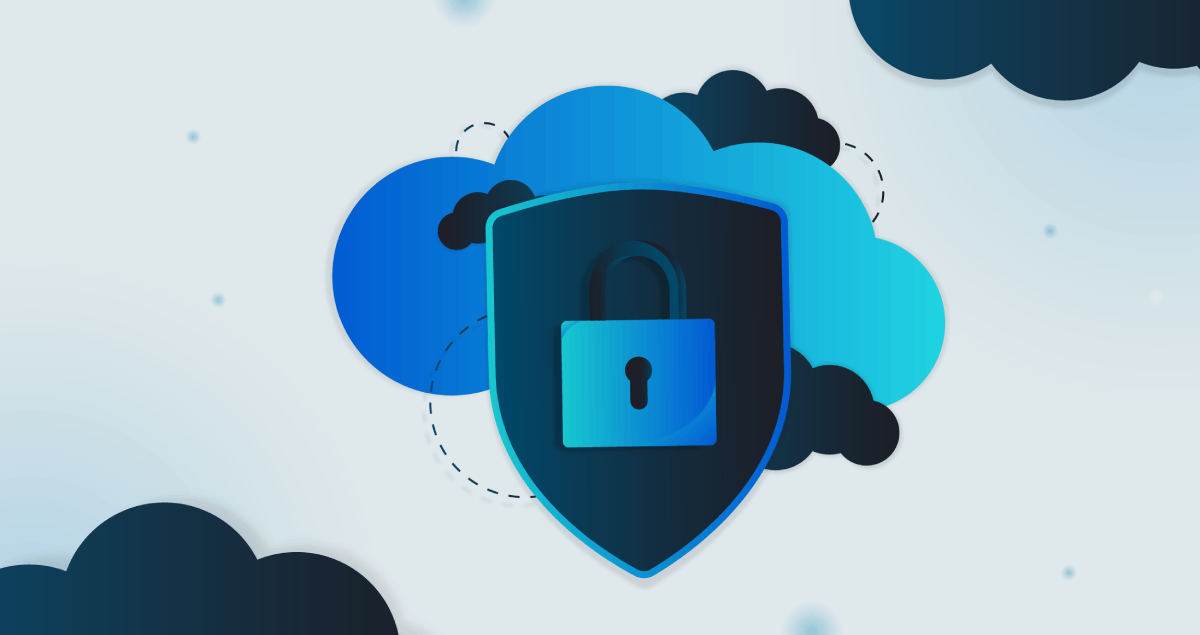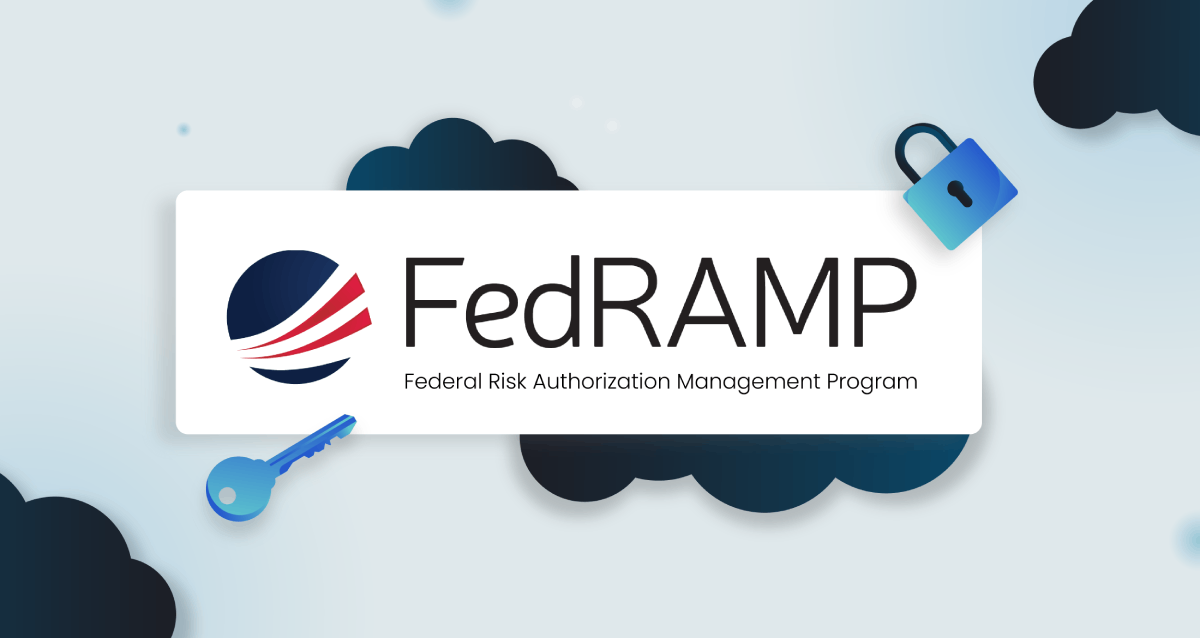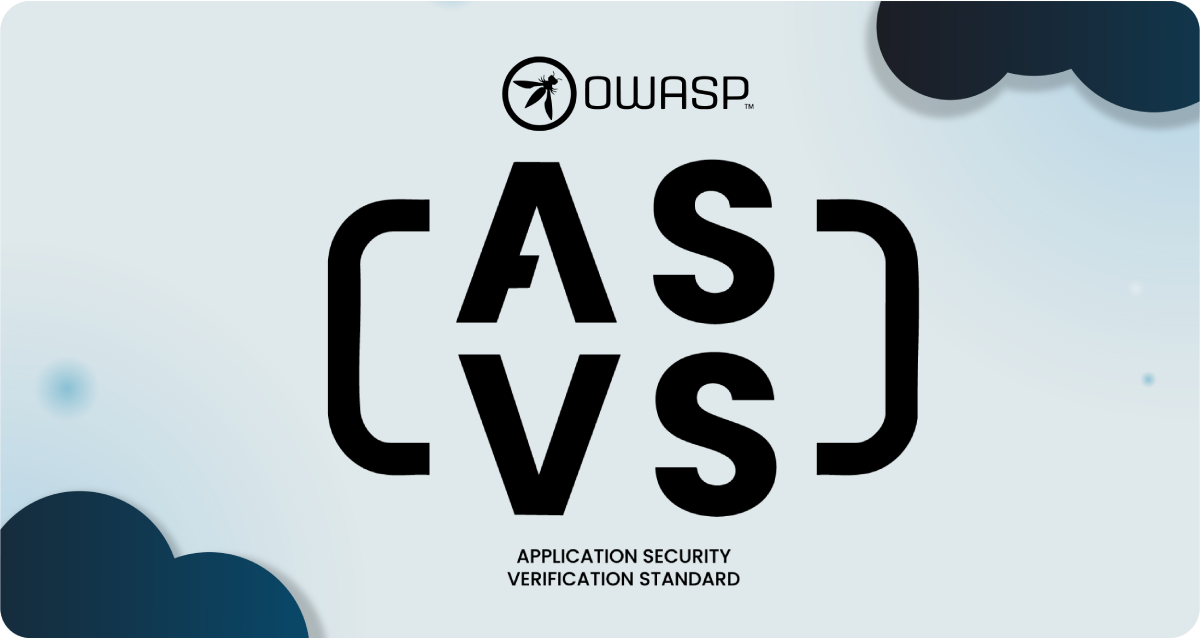Cloud security comprises the practices and technologies that protect your applications and infrastructure in the cloud to combat against common risks, such as data breaches, misconfigurations, insecure APIs, insider threats and more.
According to a recent report, 90% of cybersecurity and IT leaders worldwide reported experiencing cyberattacks targeting their cloud environments within the past year. That’s quite the number.
With so much at stake, organizations are asking difficult questions. Is it safe to keep sensitive data in the cloud? Can our infrastructure withstand cyberattacks? What can go wrong, and most importantly, how can we prevent it?
Let’s get into cloud security and see how SecureFlag helps organizations build the skills to protect cloud environments across AWS, Microsoft Azure, and Google Cloud Platform (GCP).

What Is Security in Cloud Computing?
The formal definition of security in cloud computing is a combination of processes, technologies, and best practices that protect cloud-based systems, data, and infrastructure from cyber threats. What a mouthful.
In simpler terms, it’s about protecting what’s stored in the cloud (such as files, applications, databases, and virtual machines) from being exposed, corrupted, or stolen.
Cloud security covers several areas:
-
Data protection: Encrypting data that’s in transit and at rest.
-
Identity management: Making sure only the right people have access.
-
Network security: Using firewalls and security groups to filter traffic.
-
Compliance: Making sure your cloud setup meets regulatory requirements.
-
Enforcing consistent security policies: Having the same security standards across multiple platforms.
-
Monitoring and response: Finding suspicious activity before it becomes a breach.
-
Secure coding practices: Writing applications that are resilient to common vulnerabilities, misconfigurations, and logic flaws. (Check out the multitude of SecureFlag training labs for writing safer code!)
One of the biggest things to understand is that cloud security is a shared responsibility. Cloud providers like AWS, Azure, and GCP secure the underlying infrastructure, but it’s up to the organization to secure their own data, misconfigurations, and user access.
Example of Cloud Security in Action
An example of cloud security in action is a development team that launches a new web application on AWS. It includes storing customer data in a database, hosting the frontend on an S3 bucket, and using IAM roles to manage access. Here’s how cloud security works:
-
Threat modeling during the design phase helps catch risks early.
-
Secure coding helps developers avoid common mistakes, such as injection flaws, that could leave the application vulnerable even if the infrastructure is locked down.
-
Data encryption ensures that if someone intercepts your network traffic, they can’t read the sensitive information.
-
IAM policies control who in your organization can view or change database entries, and showing how cloud security works involves managing access and permissions.
-
Security groups and firewall rules prevent unauthorized users from accessing the backend directly.
-
Monitoring tools send alerts if someone attempts to log in from an unfamiliar IP address.
-
MFA (multi-factor authentication) adds an extra layer of login protection for your admin accounts.
-
Intrusion detection systems are vital in protecting cloud infrastructure by monitoring potential breaches and ensuring data integrity.
Now think what would happen if you missed one of those steps, like you didn’t properly configure the S3 bucket permissions. Suddenly, your files could be exposed to the public. That’s how many high-profile cloud security breaches happen: not through clever hacks, but simple misconfigurations.
How Do You Secure Cloud Computing?
Securing cloud environments is a continuous effort with different layers, rather than a once-off task that you then forget about.
Here’s how organizations can build strong cloud security foundations:
1. Understand the Shared Responsibility Model
As mentioned, cloud service providers handle physical hardware, data center operations, and most network-level protections. But everything your business does in the cloud, including code, access settings, and API endpoints, is the company’s responsibility.
Misunderstanding this model is a common reason breaches happen. Organizations need to know what they’re responsible for securing and make sure they have it covered. Both the provider and the customer have their own respective responsibilities.
2. Lock Down Configurations Early
Misconfigured storage buckets, databases, or Kubernetes clusters can lead to data exposure. That’s why it’s critical to:
-
Use Infrastructure as Code (IaC) for consistent, repeatable deployments and to integrate security controls that protect data and applications.
-
Audit settings regularly for risks (many breaches are discovered too late).
-
Use configuration scanning tools that alert you to unsafe settings.
Cloud platforms offer built-in tools like AWS Config, Azure Policy, and GCP Security Command Center to help here, but again, they need to be properly enabled and monitored.
Another useful tool is Cloud Infrastructure Entitlement Management (CIEM), which helps reduce risk by making sure only the right people have access to cloud resources, closing gaps that could lead to data breaches.
3. Enforce Least Privilege
Don’t give users or applications more access than they need, but rather limit data access by restricting user permissions. If a developer only needs to read data, don’t give them write access. If a server needs access to one database, don’t let it touch others.
The principle of least privilege is one of the simplest ways to contain damage if an account or API key is compromised. Having only authorized personnel accessing sensitive data is essential to protect organizational operations and secure your cloud computing.
4. Secure Identities and Authentication
Your cloud environment is only as secure as your identity management. This means:
-
Using multi-factor authentication (MFA) for all access.
-
Rotating keys and credentials on a regular basis.
-
Supporting federated identity systems (like SSO or identity providers).
-
Avoid the use of hardcoded credentials in code or config files.
Additionally, using virtual private networks (VPNs) is necessary for enhancing data security by encrypting information during transmission.
Most cloud breaches aren’t a result of some world-class hacking, but rather from poorly secure cloud environments that have leaked credentials or exposed keys. A lot of breaches are surprisingly avoidable.
5. Monitor, Detect, and Respond
Cloud security prevention is great, but detection is even better. Organizations need to monitor their cloud environments in real time:
-
Enable and analyze audit logs for effective cloud detection.
-
Set up alerting for anomalous activity.
-
Use behavior analytics to spot outliers (e.g., sudden traffic spikes, new regions accessed).
-
Have an incident response plan ready.
The faster you can detect and isolate a threat, the less damage it can do.
It’s possible to greatly reduce the chances of cloud security breaches happening by incorporating secure coding practices at every stage of the software development lifecycle. And, of course, using automated threat modeling tools, like ThreatCanvas, helps find potential risks early on.
Cloud Deployment Models
The deployment and management of cloud resources can vary depending on business needs.
There are three main deployment types: public, private, and hybrid cloud. Each has its pros and cons and its own set of security considerations.
-
In public cloud setups, like AWS, Azure, and GCP, shared infrastructure means there’s a need for strong identity and access management.
-
Private clouds offer more control but everything has to be managed internally.
-
Hybrid models combine both, which means organizations need consistent policies and secure data flows across environments.
It doesn’t matter what size your business is or which deployment model you’re using, securing cloud environments for both enterprises and SMBs is essential.
This is demonstrated by a recent attack on Oracle, which led to the theft of millions of records.
How Is Security Monitored in the Cloud?
Monitoring is what turns cloud security into something proactive. Instead of waiting for problems to happen, issues can be found early or even prevented.
Cloud environments can be monitored by using the following:
1. Logging Everything
Cloud providers give you detailed logs with user logins, API calls, network requests, and permission changes. Examples include:
-
AWS CloudTrail
-
Azure Monitor and Activity Logs
-
GCP Cloud Audit Logs
Without logs, incident response becomes guesswork.
2. Real-Time Alerts
Rather than checking logs manually, alerting systems can be used to flag risky behavior:
-
Someone logs in from a country your organization doesn’t operate in.
-
A previously unused port is suddenly opened.
-
A user suddenly downloads large amounts of sensitive data.
These are signs that something might be off. Alerts allow teams to respond before the damage spreads.
3. Behavior Analytics and Threat Detection
Advanced tools look for patterns that show malicious activity. For example, AWS GuardDuty or Azure Defender can detect when a resource starts behaving strangely.
The more context-aware your monitoring tools are, the better your chances of catching real threats amid the noise.
4. Centralized Dashboards
Visibility is everything, especially in multi-cloud environments. Security teams use SIEM (Security Information and Event Management) systems to consolidate all cloud activity into a single view.
Benefits of Security in Cloud Computing
When done right, cloud security doesn’t just protect your business, but helps it succeed.
1. Scalability Without the Risk
Cloud platforms let you easily scale workloads up or down, but to do this safely, security needs to be integrated into every step. That way, organizations can avoid introducing vulnerabilities as they grow.
2. Built-In Redundancy and Recovery
Security features, such as availability zones, automated backups, and failover options, are offered by providers. However, they need to be properly configured. If done right, systems become more resilient and disaster recovery plans more effective.
3. Streamlined Compliance
Most cloud platforms support industry standards like ISO 27001, PCI DSS, and HIPAA. This helps organizations achieve and maintain compliance faster than if they hosted everything on-premises.
4. Reduced Overhead
Giving infrastructure maintenance, patching, and physical security to the cloud provider frees internal teams to focus on what’s important, like managing identities, responding to incidents, and planning for future threats with threat modeling.
5. Centralized Control and Automation
There are automated tools that teams can use to automate tasks like enforcing security policies and detecting issues, which helps lessen the workload.
Challenges of Cloud Security
Of course, no solution is perfect. Cloud security has its own set of challenges.
1. Human Error and Misconfiguration
This is by far the most common issue. Many breaches happen because someone accidentally left a resource exposed or forgot to rotate credentials. In fact, 95% of data breaches in 2024 were due to human error.
2. Rapid Changes and Sprawl
The cloud makes it easy to spin up new resources, but that also means environments can quickly become complicated. Without visibility, it’s hard to track who has access to what.
3. Skill Gaps
Not every developer or IT team member is an expert when it comes to cloud security, but with the right practical training, they can help mitigate risks. Organizations often don’t have enough people who understand how to secure workloads across AWS, Azure, and GCP.
4. Shadow IT
Departments might use cloud services without going through official channels, leading to unmonitored apps and unknown security risks.
5. Multi-Cloud Complexity
Many businesses use more than one cloud provider. While this reduces vendor lock-in, it adds complexity to managing security consistently across platforms.
How SecureFlag Helps Build Cloud Security Skills
Securing cloud environments doesn’t just depend on tools; people are important too. Your cloud will be vulnerable if your team doesn’t know how to find misconfigurations, enforce access policies, or respond to incidents.
That’s where SecureFlag makes a big difference.
Hands-On Cloud Security Training
SecureFlag offers a growing library of interactive labs for AWS, Azure, and GCP. These labs walk users through real-world cloud security scenarios, from securing storage buckets to detecting unauthorized API usage.
Participants learn by doing, not just reading. They get practical experience identifying and fixing vulnerabilities in cloud deployments, all in safe, simulated environments.
Built for Continuous Improvement
SecureFlag’s platform encourages continuous learning and keeps teams up-to-date with emerging threats and best practices.
Manage Risks with ThreatCanvas
For teams looking to take things further, ThreatCanvas helps visualize and manage cloud-related risks through threat modeling. It supports frameworks like FedRAMP, GDPR, and HIPAA, making it easier to align technical training with compliance goals.
If your organization is looking to strengthen its cloud security, SecureFlag’s AWS, Azure, and GCP training labs, along with ThreatCanvas, are the perfect place to start.
See SecureFlag’s cloud labs in action! Book a free demo today.


